Experience the roller coaster of the gaming world
Experience the roller coaster of the gaming world
Latest on Blog
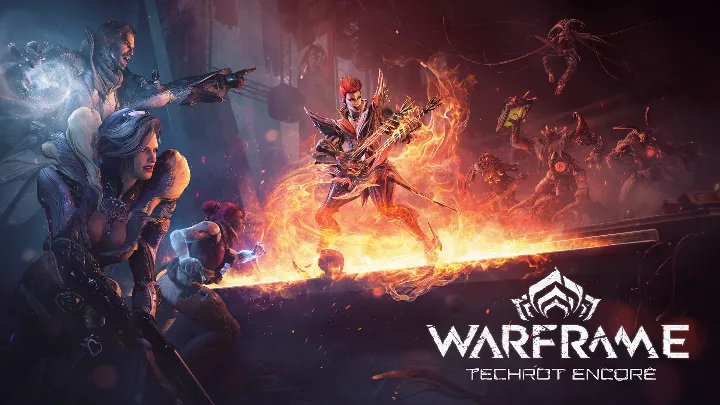
Warframe: An Evolutionary Masterpiece of Free-to-Play Action Games
A deep analytical breakdown of Warframe, examining its high-speed combat, parkour-driven gameplay, rich lore, continuous updates, and long-term impact on the free-to-play action genre.
December 26, 2025
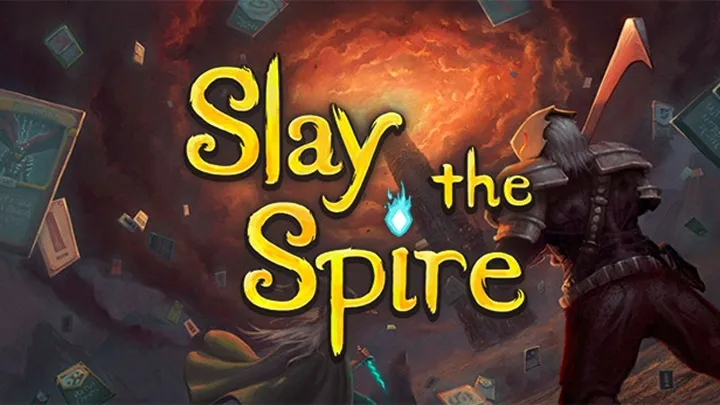
How to Play Slay the Spire Effectively: Build Smart Decks, Manage Resources, and Win More Runs
December 26, 2025

How to Play Stardew Valley Effectively: Manage Time, Build Smart, and Grow a Profitable Farm
December 26, 2025
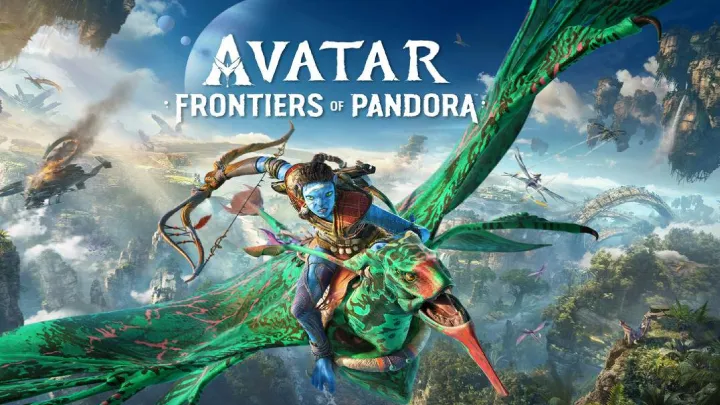
The Pandora Masterpiece: Redefining Open-World Excellence in Avatar: Frontiers of Pandora
December 26, 2025
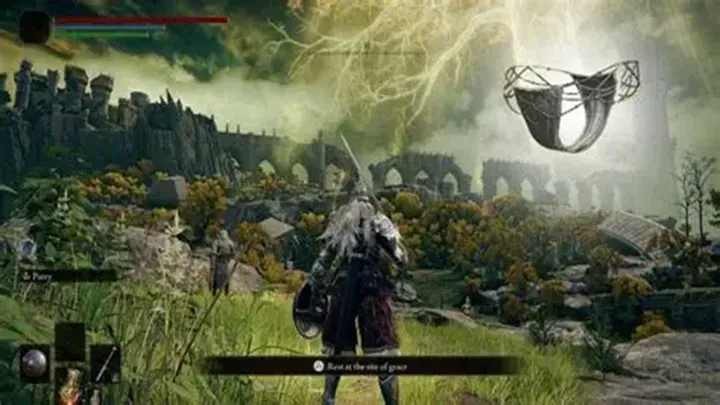
Ultimate ELDEN RING Tips & Guides for Combat, Builds, and Boss Fights
December 26, 2025

Tips and Guide to Building a Powerful and Stable Empire In Europa Universalis V
December 26, 2025
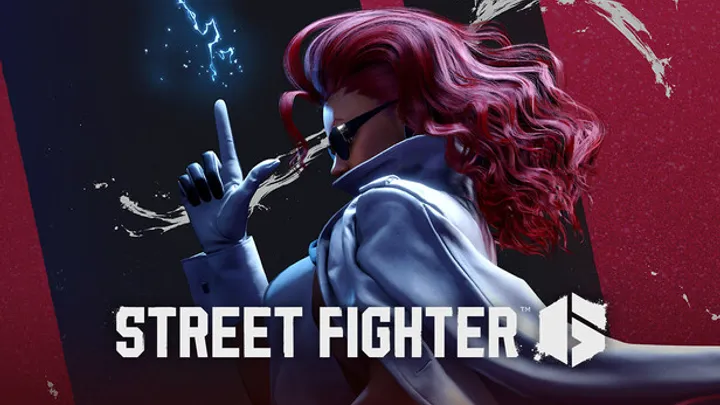
Ninety Seconds of Impact: A Temporal Autopsy of One Street Fighter Round
December 26, 2025
Latest review
Editor Choices

Gacha Club
Gacha Club is a free anime-style game where you create characters, design scenes in Studio Mode, and battle with teams in various modes. With no ads or purchases, it’s perfect for creative fun and safe for all ages

Subway Surfers
Subway Surfers remains a mobile gaming icon, delivering addictive runs with vibrant visuals and power-ups, perfect for casual play.

Forza Horizon 5
Forza Horizon 5 is more than just a racing game - it is a celebration of cars, culture, and community. Its vibrant recreation of Mexico, diverse gameplay systems, and technical brilliance elevate it to new heights within the genre.
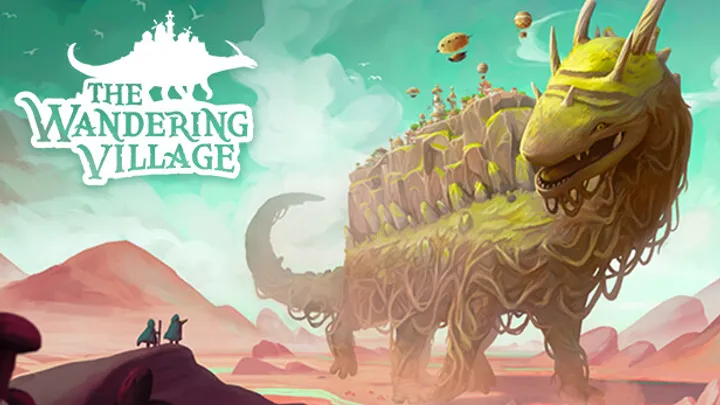
The Wandering Village
The Wandering Village successfully reimagines the city-building genre by combining exploration and resource management with unique gameplay mechanics centered around a moving creature.
Welcome to rankygame.com, your compass for comprehenscoupled with the latest industry news. Our mission is to provide you with insightful analysis and valuable insights, enriching your digital journey.
Latest Reviews
Contact Us
© 2025 rankygame.com - All Rights Reserved